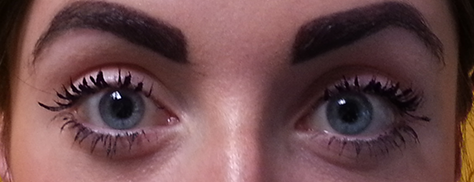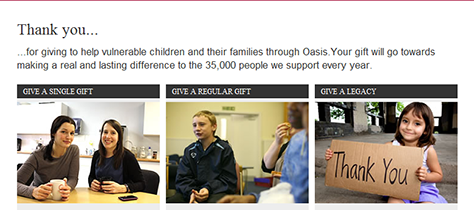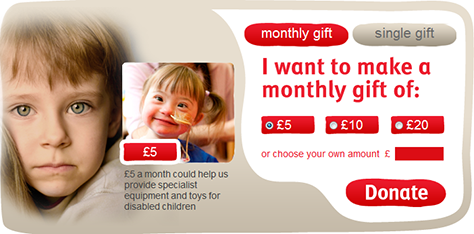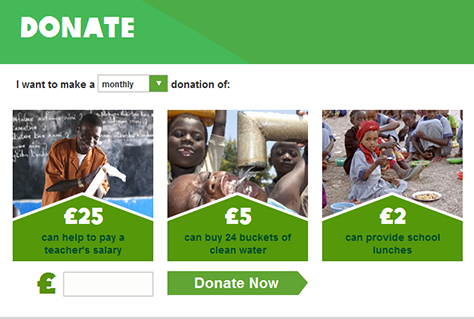A person’s face subtly reflects the power and complexities of his or her brain. We can infer someone’s mood or emotions and even read thoughts from a face. However, all too often, we ignore or fail to fully understand this reality when designing Web sites. We forget to consider what the human face is capable of doing during design. In many cases, we assume that, when communicating to people online, the written word and an attractive design convey the entire message.
However, like text, images are capable of communicating a message. Using imagery is another form of discourse. Think of a children’s book. It relies very little on the written word because, through the power of images, it can convey messages that are far stronger than those it communicates through its text alone.
Including appropriate pictures lets our readers automatically infer much of our story before reading any text. However, when we randomly add images that don’t communicate a story, they can be jarring and confuse our readers. People can’t help but look at images and infer information from them. Placing an image alongside text is so influential that including a picture of anything next to a statement increases its validity!![]()
When we include an image of a face on a Web page, the impact it has is much greater than the impact of a photo of a landscape, for example. The amount of information we gain from a face is so powerful that we can work out whether it is attractive in less than 13 milliseconds. That is so fast we aren’t even consciously aware that we’ve seen the face! If the information that a face provides is so rich, can you imagine what impact faces must have on your other content?
Faces Instantly Tell Stories
When you include a picture of a face, you are not adding context. You are not just brightening the page. You are sending implicit messages, fundamentally changing a page’s message, and influencing readers. An image of a face can never be an add-on.
Sex Sells, but Do You Want That?
Figure 1 shows a picture of an attractive woman. If you add her picture to your Web site—et voilà—your page will be brighter and more interesting, and so now is this article!
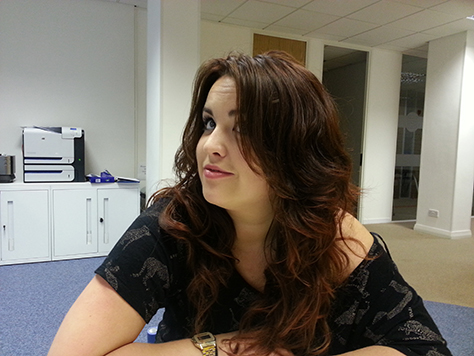
If you were to present the image shown in Figure 1 on a Web page, what would actually happen is aptly called emotional arousal. Yes, your readers would be engaged, but by the image, not your written content. Rather than the thought I want to read this driving their engagement, it would be more an unconscious recognition of the woman’s attractiveness—She’s pretty hot. We all know that sex sells. But if your readers are so distracted by the sexual affect of an image, how do you expect them to take in your content’s actual message—or even pay attention to your content at all?
A simple attempt to brighten the page could ruin your objectives—due to the power of the human face. The more of a person’s body you show in a picture, the more dramatic its influence. Readers think more about the person and his or her attributes. When you display a person’s entire body, the impression readers gain is based more on sexual attraction than personality. Therefore, in such a case, the way you engage your readers may be based more on sexual arousal than intellect.
If you feel this is inappropriate, you can modify a photo to change its influence. For example, if you were to crop the image in Figure 1 to focus on the woman’s face, readers would think more about her personality and her intelligence. The way we depict people can influence readers to interpret our content in a more positive and objective manner.
Cognitive Processing of Faces
The way our brain processes faces is unique. Large parts of our brain are specialized to look for and recognize faces. As a result, our drive to detect faces is so strong that, that we may see them anywhere, as in the example shown in Figure 2.

Thus, we have an incredible bias toward seeing faces. An image of a face on a Web page doesn’t necessarily have to be about making people feel something or overtly changing their behavior. The power of a face can actually be much more subtle than that.
Our recognition of faces evolved to help us detect unknown threats. Quickly glancing toward a suspicious person could just give you the edge in a life-threatening situation, by letting you spot a potential enemy before they spot you. This could be the difference between life and death.
Eyetracking studies have shown that, when you present a picture of a scene—like that shown in Figure 3—on a Web page, including a person distracts users. People have an innate drive to focus on other human beings, no matter how stunning a scene is. Researchers have found that our ability to control our gaze and avoid looking at a person![]() is really weak.
is really weak.
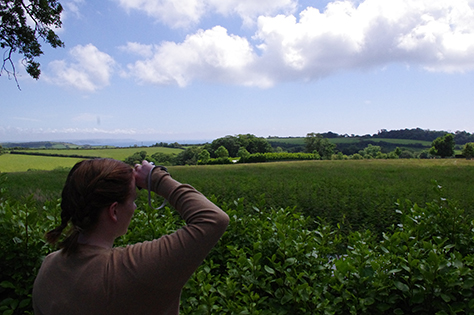
Even before we start to consider the subtle impacts of faces, you can clearly see that simply including a photo of a person in your content is very distracting. When a person is facing forward or a person’s face is clearly visible, this exacerbates our drive to extract more information about that person from the image—beyond their simply being human.
Affecting Users’ Gaze
Not only are faces great for grabbing people’s attention, they are very useful for directing our attention, too. You can influence the way users interact with a Web page by influencing their gaze. Static pictures of faces are very powerful if they seem to be looking at a specific part of a page.
We have developed this bias for looking in the same direction as others for a number of reasons—one of which also relates to threat detection. Another reason relates to our ability to imagine what another person is thinking or doing, which allows us to better understand another human being’s behavior. Following another person’s gaze—in conjunction with our ability to recognize human emotions—makes it very easy to gain an understanding of someone else’s situation.
Using this approach to directing users’ gaze lets you highlight key information and even encourage users to look at a particular piece of content. Interestingly, using faces or even avatars that move as they gaze rather than a still photo of a face is not as effective in directing a user’s eyes to a particular part of a page. A static picture of a face captures our gaze better than any dynamic scene. The more the focus of an image is on a person’s eyes, the more powerfully it captures our attention.
